Adventure
Hope Springs a Turtle: Critical Nesting-Season Tips
If you’re spring breaking on the Florida coast, please remember:
The Florida Fish and Wildlife Conservation Commission (FWC) reminds people they can help protect vulnerable nesting sea turtles and waterbirds this spring and summer while visiting Florida’s coastal habitats. Nesting season has started for both sea turtles and waterbirds in the Sunshine State.
Because Florida’s shorelines are critical for sea turtle and waterbird nesting, beachgoers can have a big impact on their nesting success. To help nesting sea turtles and waterbirds, give them space, minimize disturbances, and keep beaches clean and dark.
Obstacles on the beach can prevent sea turtles from nesting as they crawl across the sand to lay their eggs. Trash, holes in the sand, and other obstacles can also prevent sea turtle hatchlings from reaching the water once they emerge from their nests. Food scraps attract predators, such as raccoons and crows, that prey on sea turtle hatchlings, shorebird eggs, and chicks. Litter on beaches can entangle sea turtles, birds, and other wildlife. Beachgoers can help native wildlife by stashing all trash, filling in human-made holes in the sand, and removing boats, beach toys and furniture from the beach before sunset. Fishing line can be deadly to sea turtles, waterbirds, and other wildlife, so be sure to dispose of it properly. To find a monofilament recycling station near you, visit mrrp.MyFWC.com.
Any lighting can misdirect and disturb nesting sea turtles and their hatchlings, leading them away from the ocean and toward potential danger. Beachgoers should use natural starlight to see on the beach at night and avoid using flashlights or cellphones. Anyone living along or visiting Florida beaches can do their part by putting porch, parking, or deck lights out and closing curtains after dark to avoid harming nesting and hatchling sea turtles on the beach. If lighting could still be visible from the beach, be sure it is long, low, and shielded.
Getting too close (50 feet or less) to nesting sea turtles can cause them to leave the beach before they complete nesting. Remember – it is illegal to harm or disturb nesting sea turtles and their nests, eggs, and hatchlings. Shorebirds, seabirds, and wading birds also need plenty of space to prevent them from flushing from their breeding sites, leaving vulnerable eggs and chicks exposed to the elements and predators. Egg temperatures can increase to lethal levels after just a few minutes of direct sun exposure. Shorebirds and seabirds nest in shallow scrapes in the sand and their eggs and chicks are well-camouflaged, making them vulnerable to being stepped on unless people look out for them and avoid walking though flocks of birds.
In general, it is best to keep at least 300 feet from nesting birds and to avoid walking through flocks of birds or entering posted areas. Pet owners can also help by keeping dogs at home or on a short leash, and away from wildlife on pet-friendly beaches.
Sea turtles typically return to nest in March along Florida’s southeast Atlantic coast from Brevard County south to Broward County, while nesting begins on Gulf coast and north Florida beaches in April or May. Around this same time, many shorebird and seabird species nest directly on beaches across the state where their eggs and chicks are well camouflaged in the sand. Colonies of wading birds, such as herons, will typically nest on mangrove islands off the coast.
For more information about nesting sea turtles and how you can help, visit MyFWC.com/SeaTurtle or see the FWC’s “Be a Beach Hero” brochure. Other ways to help sea turtles include reporting those that are sick, injured, entangled or dead to the FWC’s Wildlife Alert Hotline at 888-404-FWCC (3922).
-
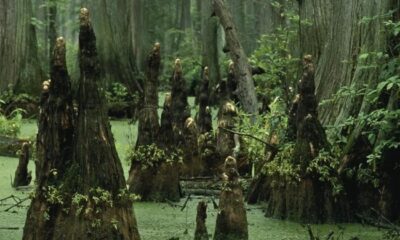
 Hunting2 months ago
Hunting2 months agoDrain the Swamp: Corruption Scandal at Washington State’s Fish & Wildlife
-
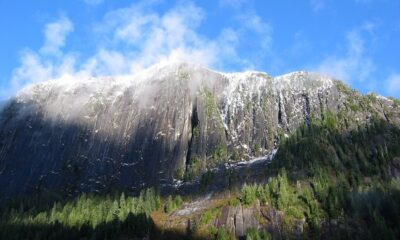
 Adventure3 weeks ago
Adventure3 weeks agoDoes the “Big Beautiful Bill” Have a Public-Lands Wart?
-
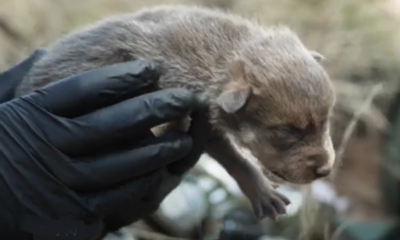
 Adventure1 month ago
Adventure1 month agoHowling in Cuckoo: How Mexican Wolves are Fostered
-

 Gear4 days ago
Gear4 days agoLet Freedom RING! Primary Arms’ Independence Day Category Sale Starts NOW
-
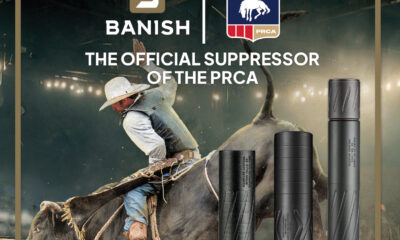
 Adventure2 months ago
Adventure2 months agoGoing Rodeo! BANISH Named the Professional Rodeo Cowboys’ Official Suppressor
-

 Adventure2 weeks ago
Adventure2 weeks agoU.S. Bighorn Sheep Going Home to Canada
-
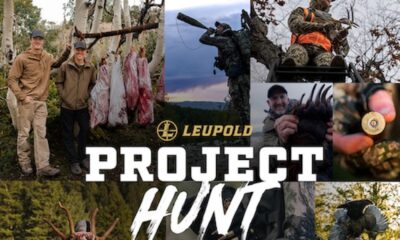
 Adventure4 weeks ago
Adventure4 weeks agoYour Dream Hunt Could Be a Movie & Leupold Can Help

